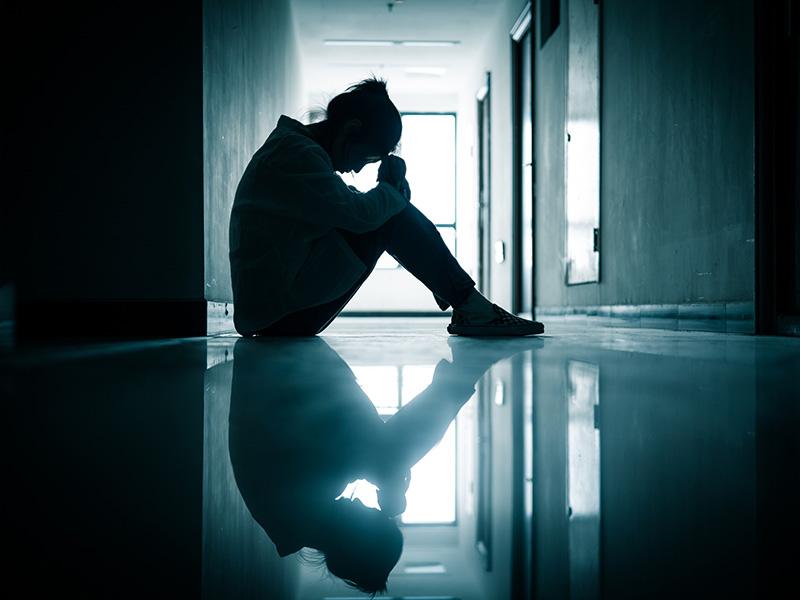Study examines how social rank affects response to stress
Can an individual’s social status have an impact on their level of stress? Researchers at Tulane University put that question to the test and believe that social rank, particularly in females, does indeed affect the stress response.
In a study published in Current Biology, Tulane psychology professor Jonathan Fadok, PhD, and postdoctoral researcher Lydia Smith-Osborne looked at two forms of psychosocial stress — social isolation and social instability — and how they manifest themselves based on social rank.
They conducted their research on adult female mice, putting them in pairs and allowing them to form a stable social relationship over several days. In each pair, one of the mice had high, or dominant social status, while the other was considered the subordinate with relatively low social status. After establishing a baseline, they monitored changes in behavior, stress hormones and neuronal activation in response to chronic social stress.
“Overall, these findings may have implications for understanding the impact that social status and social networks have on the prevalence of stress-related mental illnesses."
Jonathan Fadok, assistant professor of psychology at Tulane
“We analyzed how these different forms of stress impact behavior and the stress hormone corticosterone (an analogue of the human hormone, cortisol) in individuals based on their social rank,” said Fadok, an assistant professor in the Tulane Department of Psychology and the Tulane Brain Institute. “We also looked throughout the brain to identify brain areas that are activated in response to psychosocial stress.”
“We found that not only does rank inform how an individual responds to chronic psychosocial stress, but that the type of stress also matters,” said Smith-Osborne, a DVM/PhD and the first author on the study.
She discovered that mice with lower social status were more susceptible to social instability, which is akin to ever-changing or inconsistent social groups. Those with higher rank were more susceptible to social isolation, or loneliness.
There were also differences in the parts of the brain that became activated by social encounters, based upon the social status of the animal responding to it and whether they had experienced psychosocial stress.
“Some areas of a dominant animal’s brain would react differently to social isolation than to social uncertainty, for example,” Smith-Osborne said. “And this was also true for subordinates. Rank gave the animals a unique neurobiological ‘fingerprint’ for how they responded to chronic stress.”


